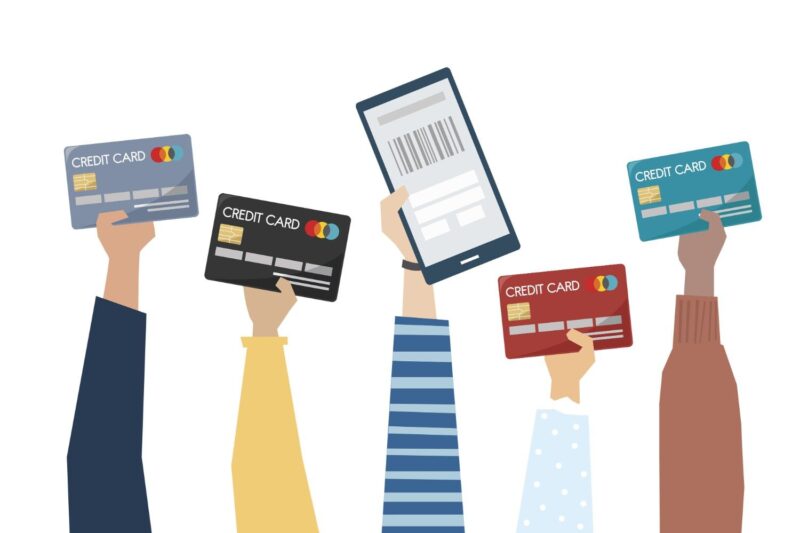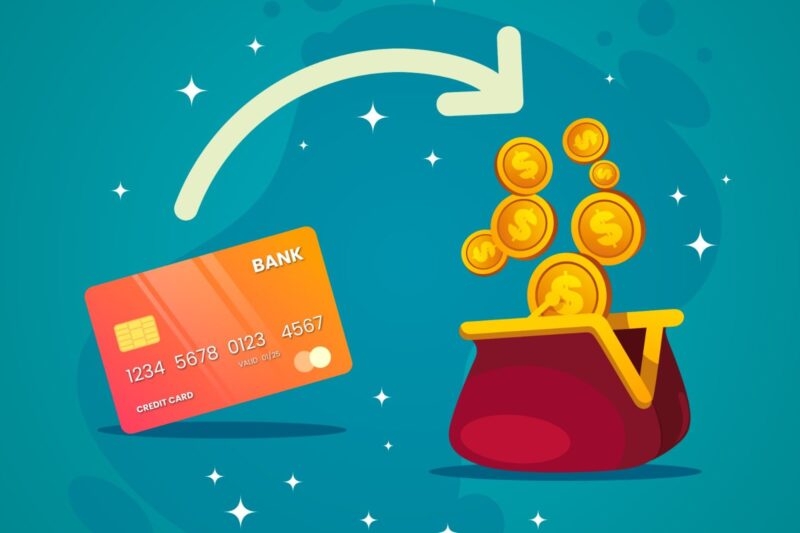By using a credit card, you’re taking out a loan from the bank to cover purchases now and pay it in full later. However, what happens if you fail to make the full payment on the date due? APR enters the scene at the moment.
The Annual Percentage Rate, or APR, shows the amount of interest that will be added to the amount you currently pay the bank if you fail to make your full credit card payment. Understanding this rate allows you to make smart financial choices and prevent unnecessary extra payments.
What Does Credit Card APR Mean?
The term credit card APR indicates Annual Percentage Rate, which means the total yearly expense of utilising your credit card for borrowing money. In case you do not pay the complete credit card bill by the specified date, the bank will impose interest on the leftover balance, and that interest will be determined based on the APR.
For example, if your credit card APR turns out to be 36%, then it signifies that keeping a balance of ₹10,000 for an entire year without repaying will cost you ₹3,600 in interest.
To put it in simple terms, APR = the price for the use of your credit card money.
What is the procedure for APR on credit cards?
The reality is as follows:
- You make a purchase using your credit card.
- A billing statement is sent to you showing the amount you owe along with the due date.
- If the total amount is paid by the due date, no interest is charged.
- In case you pay just a portion of it, then the unpaid amount will be charged interest based on the APR.
Types of APR on Credit Cards
| Type of APR | When It Applies | Explanation |
| Purchase APR | Regular shopping | Charged when you don’t pay your shopping bills in full |
| Cash Advance APR | ATM cash withdrawals | Usually higher; starts charging interest immediately |
| Balance Transfer APR | Transferring balance from another card | Can be low or 0% for a limited time |
| Penalty APR | Late payments | A much higher rate is applied after repeated delays |
| Introductory APR | New cards with offers | Often 0% for the first few months |
How Is Credit Card APR Calculated?
APR refers to the annual percentage rate, but banks, in their calculations, use daily interest instead. To find out your daily rate, just divide your APR over a span of 365 days.
For example, if your credit card is charged at a rate of 36% as the annual percentage rate, then the daily rate equals 36/365, which means 0.0986% a day.
Thus, if your outstanding amount is ₹10,000, you will be charged ₹9.86 daily until it is settled. It may not be a big deal at first glance, but with time, the amount could go up and up.
How to Avoid Paying APR on Credit Cards
These are some ways you can cleverly prevent the interest payment from ever happening:
- Pay your bill in full each month.
You’ll remain in the no-interest period, usually lasting from 45 to 50 days.
- Do not take cash out.
Cash withdrawals will start to incur interest immediately.
- Monitor your spending.
Set up mobile applications or reminders to help you refrain from spending beyond your set budget.
- Pay before the due date.
One extra day in the payment can make the difference between no interest and interest.
The simplest way to get away from credit card APR is to pay timely and clear dues.
Credit Card APR vs Interest Rate: Are They the Same?
| Feature | Interest Rate | Credit Card APR |
| Meaning | Cost of borrowing money | Total yearly cost, including fees and interest |
| Includes Fees? | No | Yes |
| Shown As | Monthly rate | Annual rate |
| Used For | Simple loans | Credit cards |
Why You Care About APR
You can make better financial choices if you are conscious of your credit card’s annual percentage rate. This is the reason,
- You have heard of the interest you will be charged for late payments.
- You can choose a card with a lower annual percentage rate by comparing them.
- You acquire better financial management skills.
- Avoiding excessive debt helps you raise your credit score.
In simple terms, knowing APR means knowing your finances.
Quick Recap
| Term | Meaning |
| APR (Annual Percentage Rate) | The yearly cost of borrowing money using your credit card |
| Purchase APR | Charged on regular purchases if not paid in full |
| Cash Advance APR | Charged for cash withdrawals instantly |
| How to Avoid APR | Pay the full amount before the due date |
| Why It Matters | Helps you manage credit smartly and avoid debt |
Conclusion
Knowing how to use your credit card is o ne of the best ways to handle your finances is to use an annual percentage rate (APR). It supports on-time payments and makes interest simple to understand. Regardless of the convenience and benefits of credit cards, high annual percentage rates (APRs) can result in financial losses in money if you forget to pay your bills. Thus, make wise use of your card, pay in full each month, and take advantage of all the benefits without paying additional costs.




